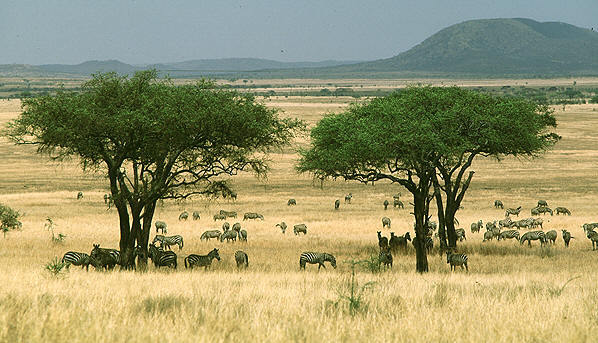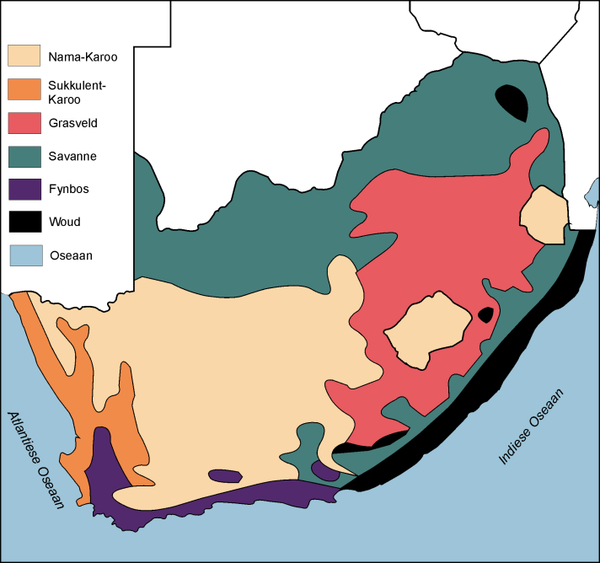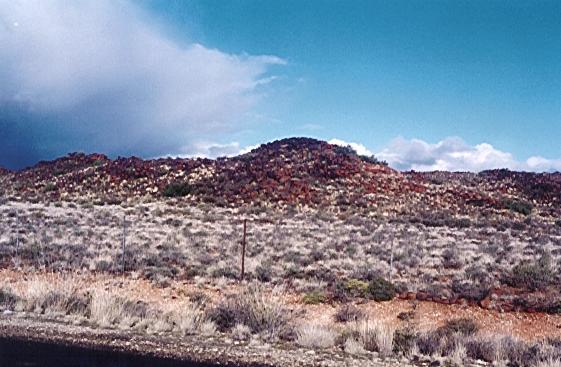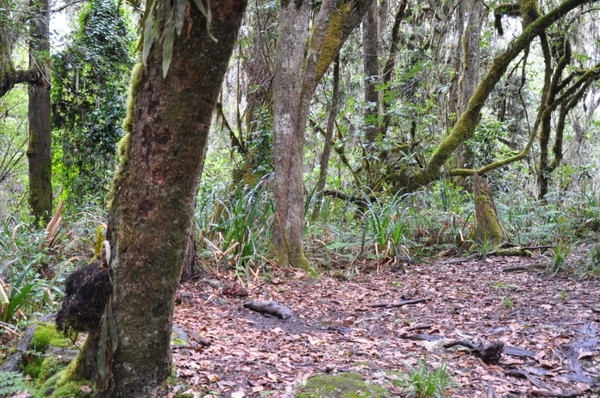| << Chapter < Page | Chapter >> Page > |
Activity: Write down the advantages and disadvantages of burning grassland,
| ADVANTAGES OF BURNING | DISADVANTAGES OF BURNING |
Table 1
See memorandum at the end of this section:
The Savanna Biome is the largest biome in Southern Africa. Mainly found in Mpumalanga and Limpopo provinces but also in the coastal belt of KwaZulu Nataland the Eastern Cape Province. Summers are hot and wet and the winters are cool with little or no rain. This biome is also known as the bushveld where grassesare mainly found and regular fires prevent the trees from dominating.

(Source from http://edu.glogster.com/media/2/11/47/83/11478364.jpg )
The Succulent Karoo biome can be found in the west coast of the Northern Cape Province and the northern parts of the Western Cape Province. This biome is hotin summer and cold in winter, although the rainfall in this area is very low. 40% of plant species found here are endemic to this biome. The Namaqualandregion of this biome is famous for its colourful wild flowers. Succulent plants are able to live through dry seasons by using water stored in their leaves or stems.

(Source from http://planet.uwc.ac.za/nisl/BDC321/ekapa%20Cape%20Towns%20lowlands/biomes/image s/succulentkaroo-01.jpg )

This map shows the succulent karoo region within the orange and the nama karoo within the pink.
(Source from http://images-mediawiki-sites.thefullwiki.org/01/2/0/1/97579812567978300.jpg )
The Nama Karoo is the second largest biome in South Africa. It forms the major part of the Northern Cape Province. It is regarded as a semi-desert areareceiving very little rain. The summers are very hot and the winters are very cold. The dominant vegetation type is grasses.

(Source from http://www.plantzafrica.com/vegetation/vegimages/namakaroo2.jpg)
The forest biome in South Africa occurs in patches in areas such as Knysna of the Western Cape as well as KwaZulu Natal, the Eastern Cape, Limpopo andMpumalanga. Some of these forests experience rain only in winter, while others get rainfall throughout the year.
Forests are dominated by trees of which the Yellowwood is the largest. There are many herbaceous and bulbous plants that also occur.

(Source from http://www.flickr.com/photos/jlascar/4460866346/sizes/o/in/photostream/ Jorge Lascar's photostream)
Trees are not only producers , but as a result of their size they also create a habitat for certain species. The leaf cover of trees provides shelter for animals, while the bark and fissures in the trees also provide a habitat for numerous insect species. The leaf cover also creates a shady environment inwhich shade-loving, low-growing plants can flourish.
When leaves or fruit fall from the trees and collect at the feet of the trees, another series of organisms can appear. The decomposers , such as micro-organisms that cause the dead material to decay and decompose, contribute to the decomposition of the nutrients so that they may return to thesoil. Humus is formed in this way. Humus is dead organic material. Other creatures that live off decayed organic material, namely the detrivores , also promote this process of decomposition.

Notification Switch
Would you like to follow the 'Siyavula: life sciences grade 10' conversation and receive update notifications?